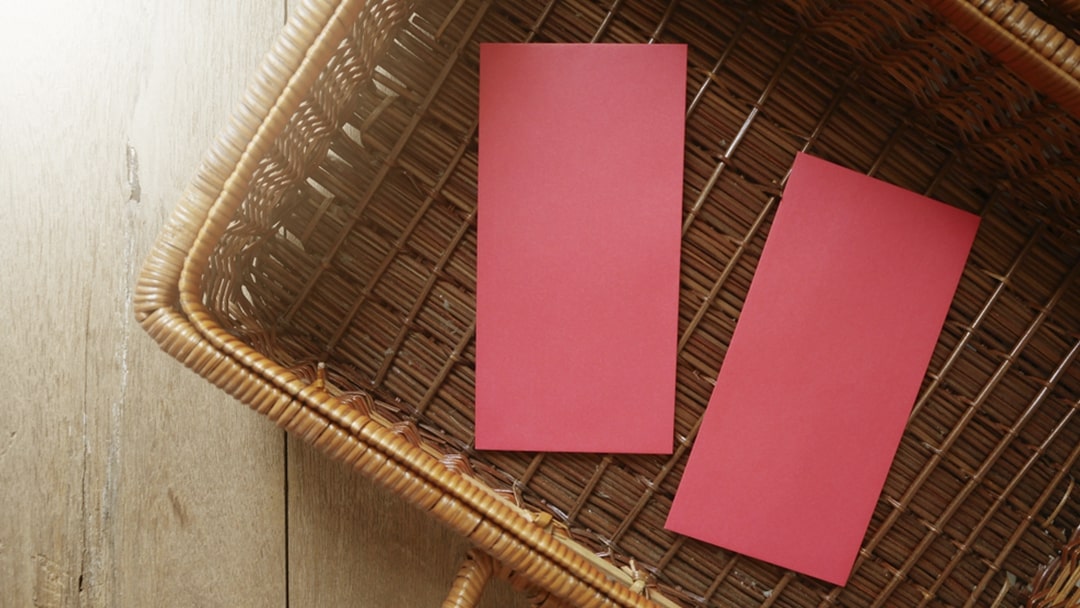Chinese New Year is the most important celebration in the Chinese calendar, so we’ve collated some Chinese New Year teaching ideas so you can celebrate with your pupils!
Chinese New Year can begin on any date during the 21st January and 20th February as it’s based around the Lunar New Year, day 1 of China’s Lunar Calendar. The holiday is also commonly known as Spring Festival which may seem odd as it happens in winter, but it’s all centred around looking forward to spring and the new year ahead.
Chinese New Year is a fascinating and exciting topic to cover with your pupils, but to save you time, here are 5 Chinese New Year teaching activities to get your teeth stuck into.
1. Find Out Your Chinese Zodiac Sign
The Chinese zodiac is an important element of the Chinese culture. It has been used since 2637 B.C as a way of dating years in a 12-year cycle. Each animal in the zodiac has been used in stories and ancient folklore which helped to develop the different personality traits each animal represents.
| Zodiac Animal | Recent Years | Personality Traits |
| Rat | 1924, 1936, 1948, 1960, 1972, 1984, 1996, 2008, 2020 | Quick-witted, resourceful, versatile, kind |
| Ox | 1925, 1937, 1949, 1961, 1973, 1985, 1997, 2009, 2021 | Diligent, dependable, strong, determined |
| Tiger | 1926, 1938, 1950, 1962, 1974, 1986, 1998, 2010, 2022 | Brave, confident, competitive |
| Rabbit | 1927, 1939, 1951, 1963, 1975, 1987, 1999, 2011, 2023 | Quiet, elegant, kind, responsible |
| Dragon | 1928, 1940, 1952, 1964, 1976, 1988, 2000, 2012, 2024 | Confident, intelligent, enthusiastic |
| Snake | 1929, 1941, 1953, 1965, 1977, 1989, 2001, 2013, 2025 | Enigmatic, intelligent, wise |
| Horse | 1930, 1942, 1954, 1966, 1978, 1990, 2002, 2014, 2026 | Animated, active, energetic |
| Goat | 1931, 1943, 1955, 1967, 1979, 1991, 2003, 2015, 2027 | Calm, gentle, sympathetic |
| Monkey | 1932, 1944, 1956, 1968, 1980, 1992, 2004, 2016, 2028 | Sharp, smart, curiosity |
| Rooster | 1933, 1945, 1957, 1969, 1981, 1993, 2005, 2017, 2029 | Observant, hardworking, courageous |
| Dog | 1934, 1946, 1958, 1970, 1982, 1994, 2006, 2018, 2030 | Lovely, honest, prudent |
| Pig | 1935, 1947, 1959, 1971, 1983, 1995, 2007, 2019, 2031 | Compassionate, generous, diligent |
2. Learn About Chinese New Year Superstitions
Within the Chinese culture, and even more so at New Year, superstitions play a big part of what people do. Here are some of the most common things to bring good or bad luck for the coming year.
Good luck:
Giving money and gifts in red envelopes
Eat lucky food
Lighting red firecrackers and fireworks to scare away evil
Bad luck:
Have an accident
Cry
Sweep up on New Year’s Day as it’s seen as sweeping away your good luck

3. Exchange Red Envelopes
As you now know, giving gifts in red envelopes is a way to bring good luck in the year ahead and keep children safe. Instead of giving monetary gifts, which are commonly given, ask your class to write kind notes to each other and place those in the envelopes.
4. Learn About Lucky Food
Food is a big part of Chinese New Year but there are 7 foods that are lucky so are always eaten during the festival:
Fish are thought to bring an increase in prosperity
Chinese Dumplings and Spring Rolls are said to bring wealth
Glutinous Rice Cakes symbolise a higher income or position
Rice Balls are thought to bring family togetherness
Noodles signify happiness and longevity
Oranges are said to bring success
Make the day even more fun and bring in some traditional Chinese food for the class to try.
5. Learn A New Year Greeting
The most common greeting in Mandarin translates to ‘greetings become rich’ and is ‘gongxi facia’, you pronounce this ‘gong-shee faa-tseye.’”
You could also learn some other Mandarin words and phrases using YouTube videos to learn together.